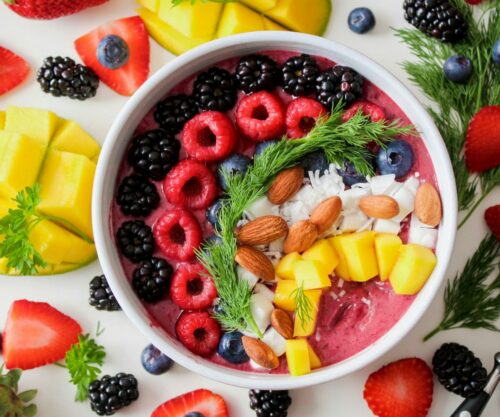
Lactose intolerance might mean skipping out on milkshakes and cheese boards, but it doesn’t mean you have to sacrifice flavour or satisfaction in your diet. With the right self-care approach, you can still enjoy creamy, indulgent treats without the stomach woes.
From lactose-free alternatives that taste just like the real deal to essential tips for keeping your digestive system calm, this guide has all you need to thrive on a dairy-free journey.
The HealthInfo publication states that milk and milk products are essential for maintaining body and bone health, as they contain nutrients like protein and calcium. It is claimed that even if you are lactose intolerant, regular consumption of small amounts of lactose is beneficial as it helps the bacteria in the large bowel break down lactose without causing symptoms.
Therefore, the publication suggests that to lower lactose intake, one must consider using lactose-free milk, yoghurt, sorbet, or soy-based ice cream. “Use sorbet or lactose-free ice cream instead of regular ice cream. Many different sorbets and soy-based ice creams are available in the supermarket. These are high in sugar, so keep them for an occasional treat.”
It is further mentioned that hard and semi-hard cheeses, such as Cheddar, Edam, Brie, Camembert, feta, mozzarella, Gouda, and Parmesan, contain no or very little lactose. Halloumi cheese and soft, unripened cheeses with small amounts of lactose should be avoided or eaten in small quantities.
“Have food and drinks that contain lactose at the same time as other foods. This makes the lactose pass through your gut more slowly, giving the lactase you do have more time to work. Whole milk (dark blue top) and Greek yoghurt are usually easier to tolerate than trim milk (green top) and low-fat yoghurt because they contain less lactose and more fat.”
According to Very Well Mind, lactose intolerance pain can be managed with over-the-counter treatments like simethicone and loperamide. These medications are beloved to help reduce gas and bloating caused by gut bacteria feeding on lactose.
Non-medication strategies include walking, gentle stretching, self-massage, lymphatic massage, herbal teas, and avoiding irritating foods, the above source adds. “Taking a slow walk can help relax your abdominal muscles and stimulate your digestive system, which can help free any trapped gas. You may find that some gentle stretching or restorative yoga poses like Happy Baby and Child’s Pose help ease lactose intolerance pain.”
Also see: Quick ways to remedy food poisoning




